How Was the Grand Canyon Formed?
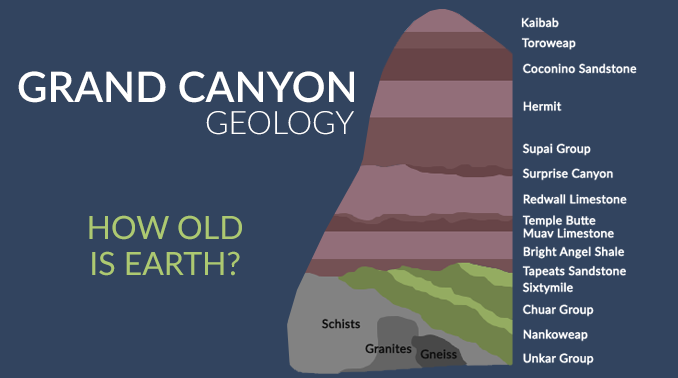
The Start of the Grand Canyon
Like a stack of pancakes, young rock layers pile on top of older layers. From top to bottom, you are passing through about 2 billion years of time. We use superposition and relative dating to find when rocks were deposited.
Have you ever been to the Grand Canyon before? It’s a remarkable site for geology and Earth’s history.
What I always liked about going there was counting all the layers of rock along the steep-sided canyon.
Little did I know, I was counting through the layers of Earth’s history. If I knew when the layers of rock were deposited, I could even estimate Earth’s age.
How to use relative dating to estimate age
Rocks always tell a story. Because younger sedimentary rocks stack on top of older rocks, we use relative dating (superposition) to chronologically order events in the past.
For instance, they reveal stories about colliding continents, meandering streams and volcanic eruptions.
In the case of the Grand Canyon, the multi-layered strata provide insight into the age of the Earth.
We are able to see cross-sections because the Colorado River started cutting through the Grand Canyon about 6 million years ago. Even today, these erosional forces are still at work.
Unconformities are time gaps in the rock record. This is where rocks have eroded away and we are actually missing rocks without evidence of any record for that time.
How old are the sedimentary rocks for the Grand Canyon?
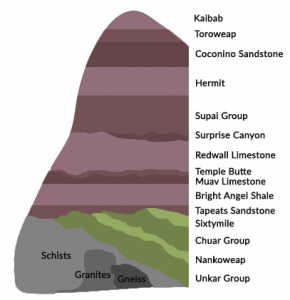
The Grand Canyon is a prime example of rock superposition and relative dating. Continuous horizontal layers of rock are repeated throughout time.
They mostly consist of marine sediments that form in oceans through compaction. From top to bottom, the Grand Canyon is essentially three main types of sedimentary rocks – sandstone, limestone, and shale.
- SANDSTONE: Sandstone is compacted sand like you can find at a beach.
- LIMESTONE: Limestone contains large amounts of formerly organic material such as plants, shells, and clams.
- SHALE: Shale begins as mud and gets compacted to form a flakey type of rock.
The base of the Grand Canyon is Precambrian basement rocks. These were formed from flowing magma which cooled and hardened about 1.8 billion years ago.
In the table below, you can find the formation of Grand Canyon rock layers which date back to 2 billion years. As you can see, most of the rocks are sedimentary like shale, limestone, and sandstone.
What are the rock layers part of the Grand Canyon?
| Rock Layers | Time (Years) | Thickness (Meters) | Depositional Type |
| Kaibab Limestone | 250,000,000 | 91-150 | Shallow Marine |
| Toroweap Formation | 255,000,000 | 61 | Shallow Marine |
| Coconino Sandstone | 260,000,000 | 20 | Eolian Sand Dune |
| Hermit Shale | 265,000,000 | 91 | Coastal Swamp |
| Supai Group | 285,000,000 | 300 | Shallow Marine |
| Surprise Canyon | 320,000,000 | 122 | Coastal Estuary |
| Redwall Limestone | 335,000,000 | 137 | Offshore Shallow Marine |
| Temple Butte | 350,000,000 | 30 | Tidal Shallow Marine |
| Muav Limestone | 515,000,000 | 198 | Offshore Shallow Marine |
| Bright Angel Shale | 530,000,000 | 152 | Near Shore Shallow Marine |
| Tapeats Sandstone | 545,000,000 | 70 | Intertidal Marine |
| Chuar Group | 825,000,000 | 1,600 | Shallow Marine |
| Nankoweap Formation | 1,050,000,000 | 110 | Shallow Marine |
| Unkar Group | 1,250,000,000 | 1,950 | Shallow Marine |
| Vishnu Schist | 2,000,000,000 | Unknown | Metamorphosed |
How Was the Grand Canyon Formed?
One of the most famous geological features in the United States is the Grand Canyon. The Colorado River cut a channel through layers of rock, now all exposed to the human eye.
The size of the Grand Canyon is so immense that it makes it a natural laboratory for studying geological processes and the Earth’s history.
With rocks at the bottom dating back nearly 2 billion years, it offers a way to look into our planet’s ancient past.
If you have any questions or feedback about the Grand Canyon, please use the comment form below to let us know what is on your mind.

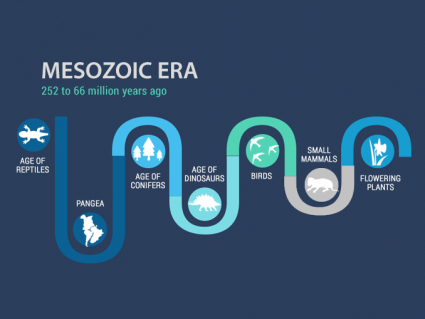
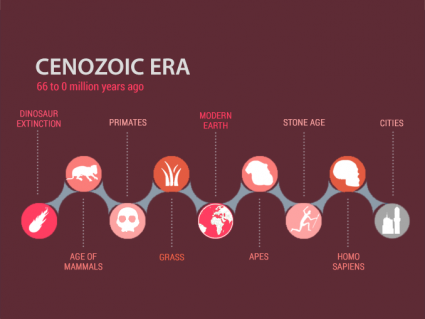
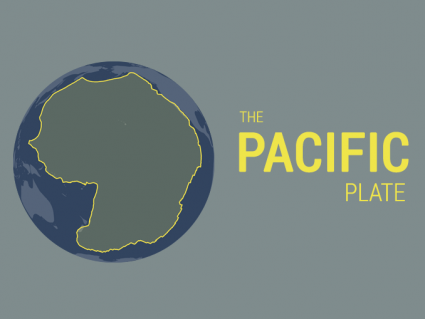
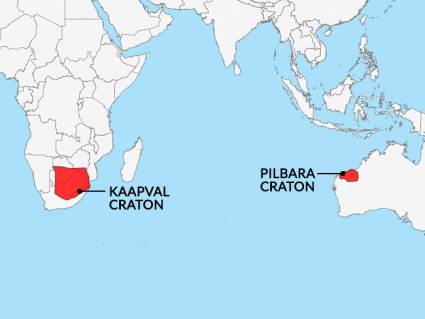
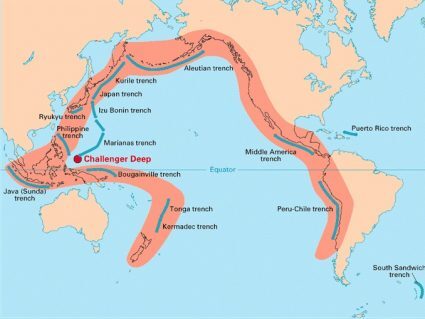
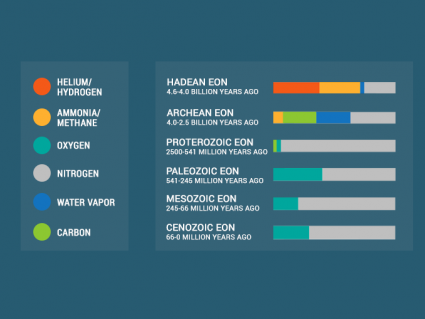
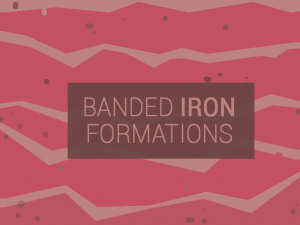
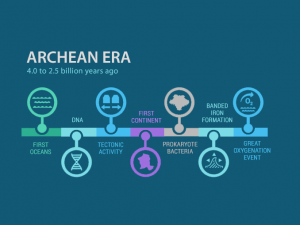
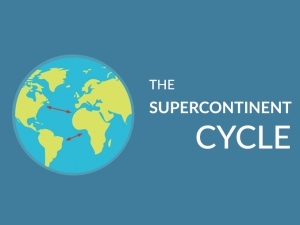
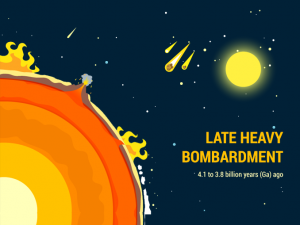

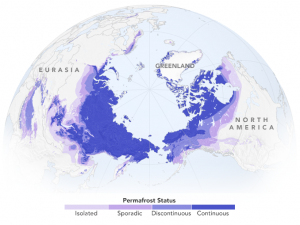
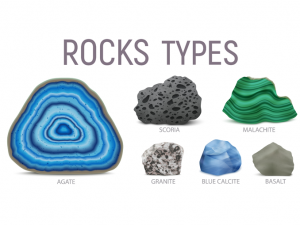
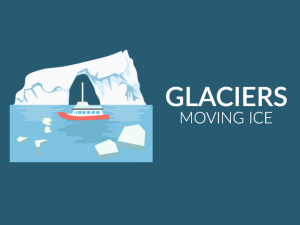
The layers of the grand canyon was formed by a massive global flood (Noah’s time) with the waters coming and bursting from the ground, the complete fossils found such as dinosaurs still with skin and flesh is proof that these animals were caught off guard and had instantaneous death, the settling sediments after the violent rush of rising waters served to preserve these animals which met a quick death. Logically, if these animals died a natural death millions of years ago, and the layers/strata also took millions of years ago, then the remains of these animals would have turned to dust, instead of being preserved. The grand canyon was formed by the flood with the sediments forming the strata. It was too much water that disrupted everything in a very short time rather than little amounts of water in too long a time.
Thanks for this concise and enlightening review of a unique geology that demonstrates the massive time frame. It covers the information I was looking for and more. It must be depressing to put a significant amount of work into an educational project, and then have to read the comments from the idiots below. Ignore them.
The Grand Canyon was formed by a humongous lake which breached and the massive amount of water instantly flowed out, washing away the layers of earth on the breached side, causing the canyon.
What is the actual cause of the canyon?
NA, you are right. This information is bogus. The canyon was formed by a great amount of water that backed up throughout Utah, Colorado and possibly as far as Wyoming. When the dam broke it carved out the canyon in one big flood. It probably only took months to complete what you see today. Take a look at Mt. Saint Helens. A canyon similar to the Grand Canyon was formed in just three to five days (about one fortieth of the size of the Grand Canyon). It has the same type of layers as well.
This is lame as heck. This doesnt even give me the answer I need. Was it caused by erosion, mountain building, weathering, earthquakes!? Like….That should be on this page not this stuff that makes no sense.
How the Grand Canyon was formed. To begin. Where did the layers of rock come from? Consider that the earths crust was formed by emissions from the Sun and that the Earth was almost tidally locked. That a day was thousand of years in length. this would mean that one side would freeze, Including it’s atmosphere while the other side would bake. creating a constant flow of atmosphere and dust to the shaded side. To create a continent on one side the planet would need to have a tilt of almost 90 degrees and an orbit where one hemisphere was above or below the solar equator at all times. To create the chasm is another story. It would appear that if my theory is correct, Venus might become another Earth in the future.